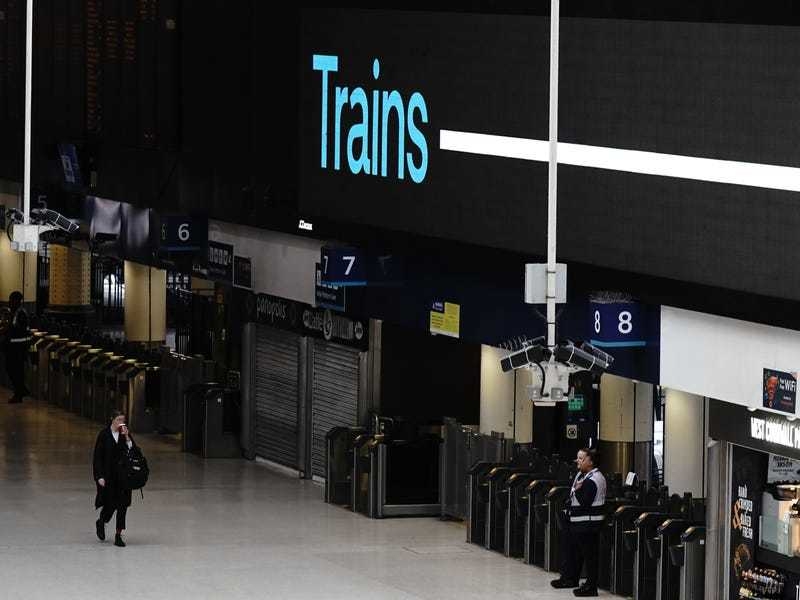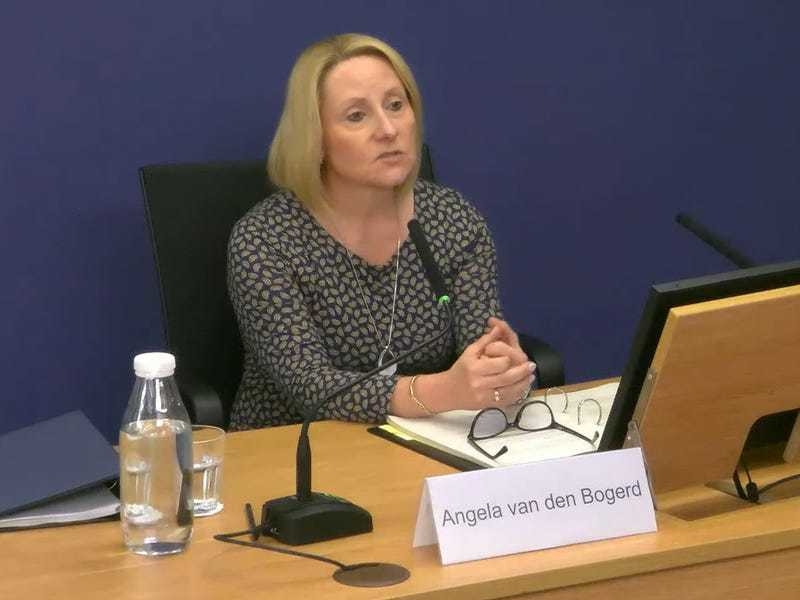It was the latest development in a period which has seen the relationship between the local crew and the UK-based charity deteriorate to an all-time low.
Here, we answer eight questions on the implications of a split.
1. What’s the next step?
In a nutshell, the St Helier crew say they do not know but have moved to reassure the public that they are ‘committed to continue providing a full service’. Another meeting with more RNLI representatives is scheduled for Friday to further discuss any severance.
2. How much would an independent St Helier lifeboat station cost to run?
As things stand the total cost to run both the St Helier and St Catherine’s stations last year was about £212,000. But if they go it alone the crew anticipate they would have to buy a new vessel. The St Catherine station has no plans to split.
A spokesman said: ‘The plan at the moment, which is in the early stages, is that we would purchase off the shelf but to our spec. We would also need an inshore boat but we have been in contact with the French shipyard who builds the French lifeboats and they have a relief boat if we need it.’
The St Helier station currently has £6.9 million in the bank ‘in the name of the Jersey lifeboat station held by the RNLI’. As to whether that money is kept by the crew or taken by the RNLI after any divorce is finalised is currently unclear.
3. What are the risks and how long could all this take?
The crew have told the RNLI they do not want to work with ‘the current regime’ and claim they are being ‘bullied’ and have offered to go on their own. A spokesman estimated it could take one year to get their new boat but said they ‘can get a boat on hire’ sooner.
As for the risks, a spokesman said: ‘At this stage, if the current crew, who are all volunteers, walk away there will be no service to the high standard they have provided 24 hours a day 365 days a year.’
4. Why are they splitting?
Last year allegations were made against Coxswain Andy Hibbs by members of the RNLI and another business in Jersey, that he had launched the lifeboat without authorisation. The JEP understands the accusations related to the lifeboat being used to go out to sea to spread someone’s ashes. It later transpired Mr Hibbs was actually out on his own personal boat at the time of the alleged illegal launch and was cleared of any alleged wrong-doing.
In a statement, the RNLI crew say the investigation into Mr Hibbs was launched on ‘false information’ and that it should ‘not have taken place in the first place.’
Angry, Mr Hibbs, a volunteer of 25 years, wanted to know who had made the accusations, what information had been given and why. He sent emails to RNLI headquarters staff which the charity deemed inappropriate and in April he was sacked after an RNLI employee travelled to the Island.
On 7 April the rest of the 25-man crew resigned in solidarity.
Months later Mr Hibbs was re-instated following an apology by the RNLI. A new station manager role was set up for a 12-month period to help bridge the gap between the St Helier crew and the RNLI in the UK. But the crew say the appointee ‘had no real interaction with the crew’ because of commitments in the UK and was often away for ‘weeks at a time’.
Issues surrounding Mr Hibbs’ sacking continue to stew in the background and later the crew lodged an official complaint with the RNLI as to how the original investigation into Mr Hibbs had been handled. The crew’s medical adviser and second deputy coxswain also quit having grown frustrated with ongoing issues.
After hearing the crew’s complaint had not been upheld the volunteers met and agreed they would tell the RNLI they wanted to go it alone.
5. What do the RNLI say?
Not a lot. They are keeping their cards close to their chest. Leesa Harwood, RNLI director of community lifesaving and fundraising, said in a short statement after Monday’s meeting: ‘After listening to the volunteers at St Helier lifeboat station, who have said they would like to explore the option of setting up an independent lifeboat station, the RNLI is now considering the best way forward. Representatives from the RNLI will return on Friday to agree next steps.’
The JEP asked the charity how much the St Helier station costs to run, how much money is in the bank and what will happen to the station’s current vessels; the George Sullivan and David Page. In response a spokeswoman said: ‘The RNLI have asked for some time, until Friday, to look into the best way forward and the answer to some of these questions help shape these decisions.’
6. Who owns the St Helier lifeboat station and what will happen to its lease if the crew go it alone?
Ports of Jersey own the land but the station was actually built by the RNLI in 1993. The crew’s presence, while they are part of the RNLI, on the land is secured on a long-lease that was only recently re-negotiated after the incorporation of Ports of Jersey in 2015. The RNLI pay a peppercorn rent for the use of the land to Ports of Jersey.
The RNLI, the JEP understands, recently spent ‘millions’ updating the pontoon and surrounding area where the St Helier all-weather vessel is stationed.
7. Are there any other independent lifeboat stations in Britain?
Yes, up to 70 but almost all of them only operate inshore vessels – smaller boats that tend to work close to land or on rivers or estuaries. The St Helier crew operate an inshore vessel (the David Page) and a larger all-weather boat (the George Sullivan). Caister station in Norfolk has an all-weather vessel and runs independently. There are 238 RNLI stations.
8. What is the position of the Harbourmaster, Captain Bill Sadler?
He says he is ‘disappointed’ by the breakdown in relations between the RNLI and the St Helier lifeboat crew and vowed to ‘work hard with both’ to ensure lives are still saved in Jersey. He said in a statement: ‘The RNLI has served Jersey for over 100 years and the Island is indebted to the charity and its volunteers for saving hundreds of lives during that time. It has a proven track record, invested heavily in boat design and technology, and its training is second to none. Equally, I have a huge respect for the local volunteer crew, support staff and fundraisers.’






